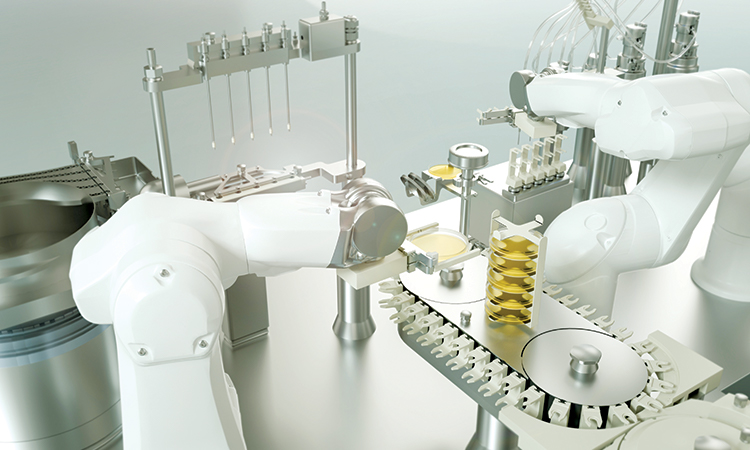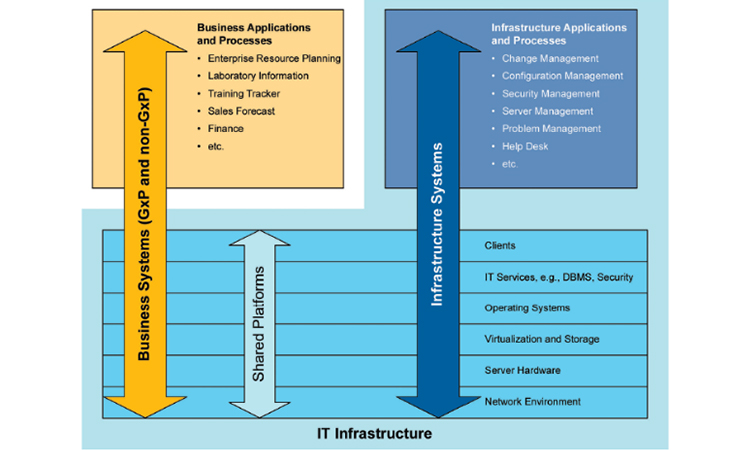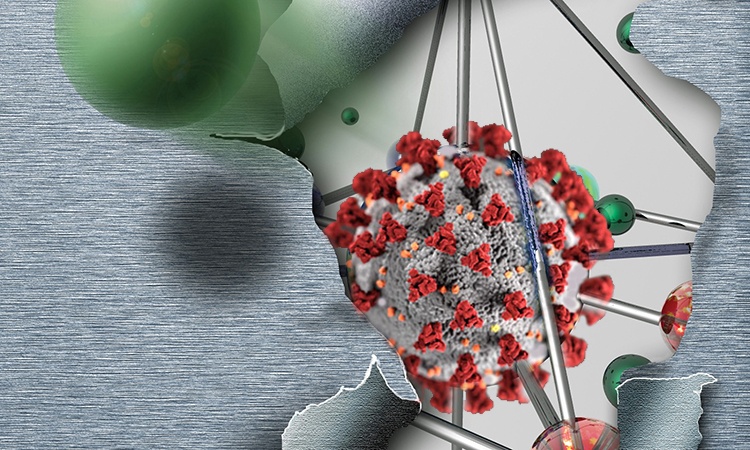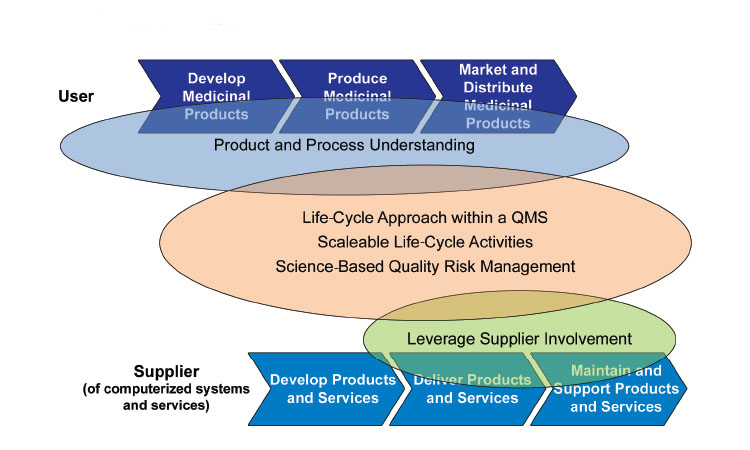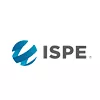ISPE Women in Pharma®’s dedication to diversity, equity, and Inclusion isn't just about aspirations: it’s about action. Mentor ISPE, launched in 2023 by members for members, is a testament to this commitment. Over the past two years, more than 700 professionals from around the world have joined ISPE on this journey, and as Mentor ISPE approaches its third year, the team invites ISPE...
Related Articles
iSpeak Blog
The 2024 ISPE Annual Meeting & Expo is the pharmaceutical industry’s gateway to discovering the latest trends, technologies, and best practices shaping the future of pharmaceutical engineering. This year, 13-16 October in Orlando, Florida, USA, ISPE has curated a diverse...
iSpeak Blog
Miriam Kremer-van der Kamp is the Business Developer at VILS Switzerland GmbH and an active ISPE member with the ISPE Germany/Austria/Switzerland (DACH) Affiliate, ISPE Women in Pharma, and ISPE Emerging Leaders. In this interview, conducted by Edyna Miguez, Membership Growth Manager at ISPE, Kremer-van der Kamp weighs in on why she joined ISPE, the benefits she’s experienced thus far, and...

